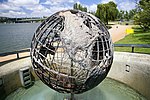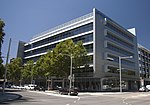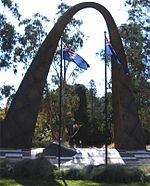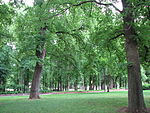Commonwealth Park
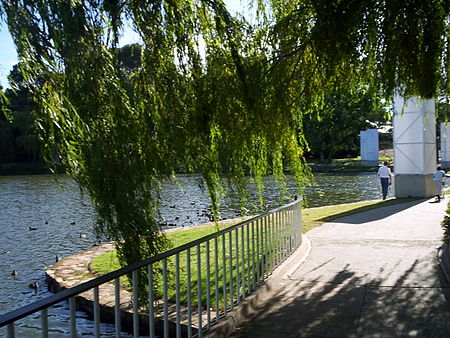
Commonwealth Park is in Canberra, Australia, adjacent to the north side of Lake Burley Griffin. Centrally located in the city, it is an important part of the urban landscape. The park has an area of 34.25 hectares, which includes a variety of natural and constructed spaces. Various designers have been involved in the construction of the park including Charles Weston, Lindsay Pryor, Richard Clough and John Grey. The park in it current form was strongly influenced by a master plan created by British landscape designer, Dame Sylvia Crowe in 1964. The park has many small ponds and water features, walking trails, bike paths, sculptures and memorials. Located within the park is the outdoor Stage 88, which often holds concerts. The park includes Regatta Point and has a view of the National Gallery, High Court, and National Library on the other side of the lake. Kings Park is located adjacent to Commonwealth Park, along the lake to the east. Commonwealth Park is the home of many events hosted in Canberra. Among them is Floriade, an annual event that has been running since 1988.
Excerpt from the Wikipedia article Commonwealth Park (License: CC BY-SA 3.0, Authors, Images).Commonwealth Park
LBG, Canberra Parkes
Geographical coordinates (GPS) Address Nearby Places Show on map
Geographical coordinates (GPS)
| Latitude | Longitude |
|---|---|
| N -35.288333333333 ° | E 149.13416666667 ° |
Address
LBG
2600 Canberra, Parkes
Australia
Open on Google Maps



